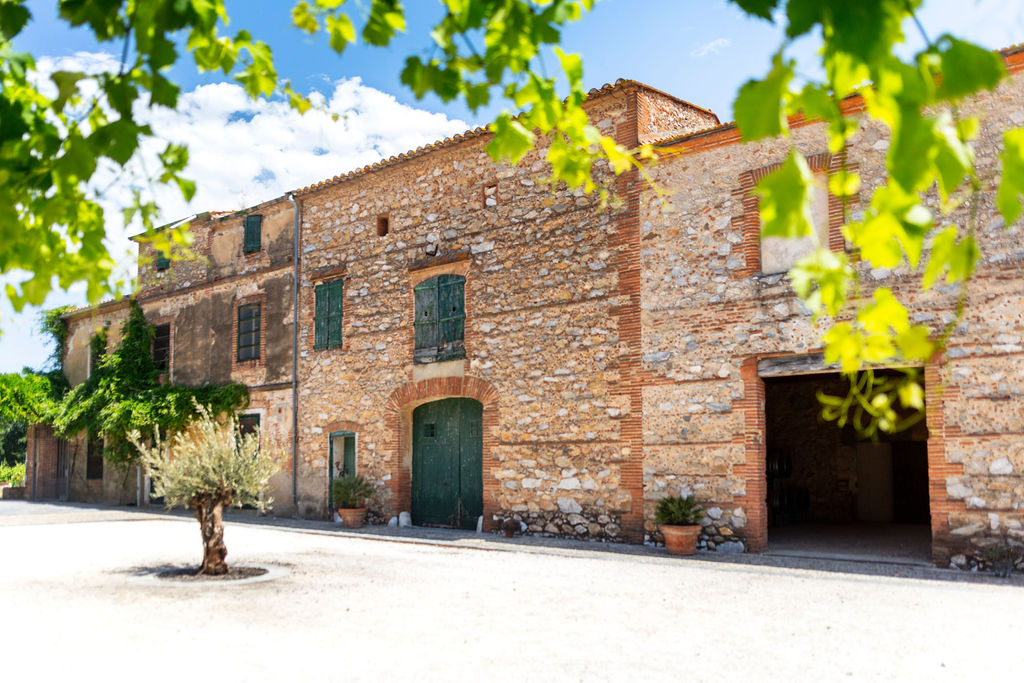
Château Lauriga
Jean-Claude Mas discovered this countryside in the course of his weekly round trips to take one of his daughters to school in Perpignan. He was smitten by it. He already had in his mind becoming involved with this rugged landscape, where the culture of the vine has been present for millenia. These round trips ended up convincing him.
As a little side story, part of the Domaine’s lands formed part of the ancient Laurinya which was given by the King of France in 1068 to the Abbey of Cuixa, land which later became Vigne del Rey which produced some of the wines served at the court of the King of Aragon.
Today Château Lauriga comprises 70 hectares of vines. 30 hectares are in organic conversion, with the aim to convert the whole estate to organic viticulture in the years to come.
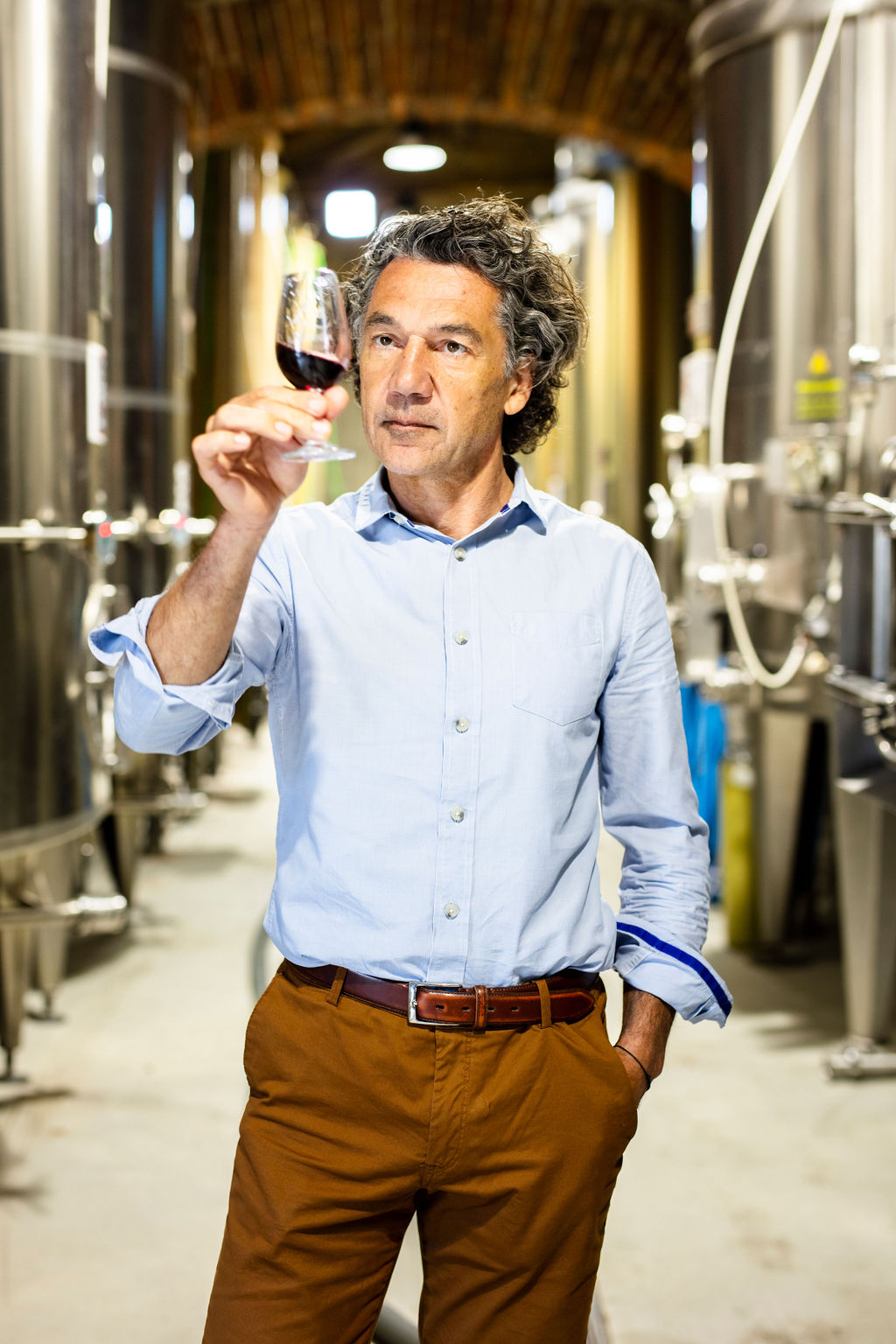
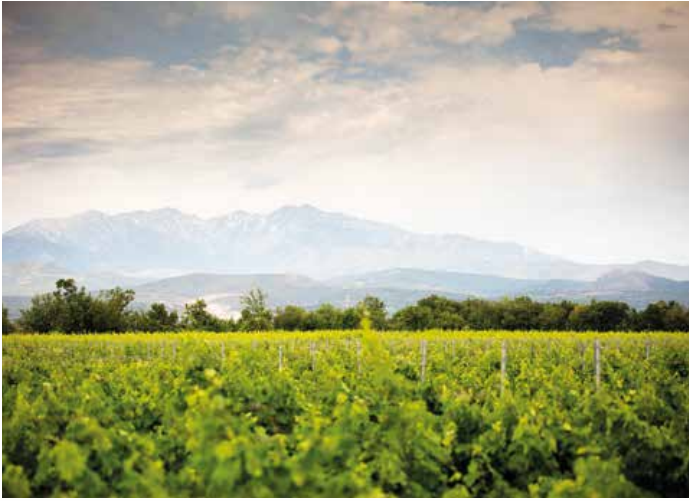
The domaine is divided into 5 parcels, with different soils and tipicities for each one:
• The Mas (estate) zone, a 30-hectare parcel where very elegant Syrah, Macabeu and Carignan are found.
• The St Nicolas and Siures parcels. In the Siures parcel, one finds Syrah and Muscat aux petits grains vines of over 20 years old, and 10-year-old Grenache.
These grapes are used in the blending of Laurinya, the ‘Grand Vin’ of the domaine. You will also find there the Vigne del Rey, a Carignan vine of over 100 years old!
• The St Nicolas parcel is where the grapes destined for the white and rosé wines are found: Muscat aux petits grains, Grenache Blanc, Grenache Gris and Macabeu…
• The Nyls parcel is the furthest from the domaine with a sandy soil which sets it apart from the other 4. Here Jean-Claude Mas has chosen to plant Marselan and Cabernet Sauvignon.
The Geography of the terroir
Situated in the commune of Thuir, a historic town in the Aspres area of the Catalan country, it is the site of an ancient royal villa. Located between the sea and the mountains, at the foot of the Pyrenees, this landscape benefits from the alluvial deposits from the glacier of Mount Canigou, but also from the sea breezes and winds from the internal land. Thanks to its strong winemaking history, one can find here very widely planted grapes like Grenache, Mourvèdre and Carignan, but also indigenous local ones like Macabeu and Grenache Gris.
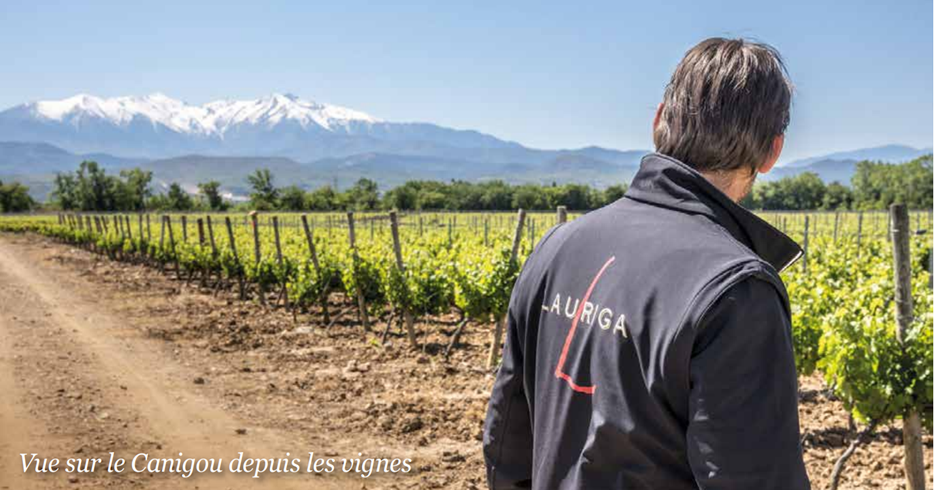
The wines of the Roussillon
When Jean-Claude Mas bought Château Lauriga in 2016, his goal was to produce wines quite distinct from those he was already making in the Languedoc. For him, this region is made for the winemaker who wants to create something different. The quality of the climate, as well as the quality of the grapes give perfect conditions for producing very good wines without adding sulphites. One also finds there surprising grapes such as Macabeu with which one can make very good single
varietal wines as well as blends.
As he began to work on his own vines, he discovered Grenache of very high quality which he blends with Cabernet Sauvignon from the cooler areas. He also discovered the typical characteristics of these powerful wines. Beyond very attractive ripeness, one also finds in these wines a surprising acidity, rare in the Languedoc, which reminded him of Italian classics like Barolo or Barbaresco. Wines which are high in alcohol, but with a freshness, which gives them elegance and harmony. Wines both powerful and elegant.
In contrast to the ready to drink and approachable wines which Jean-Claude Mas likes to create on his Languedoc terroirs, certain wines from Château Lauriga need a certain amount of ageing and maturation time. You have to go back down the vintages at least one or two extra years before they can be enjoyed.
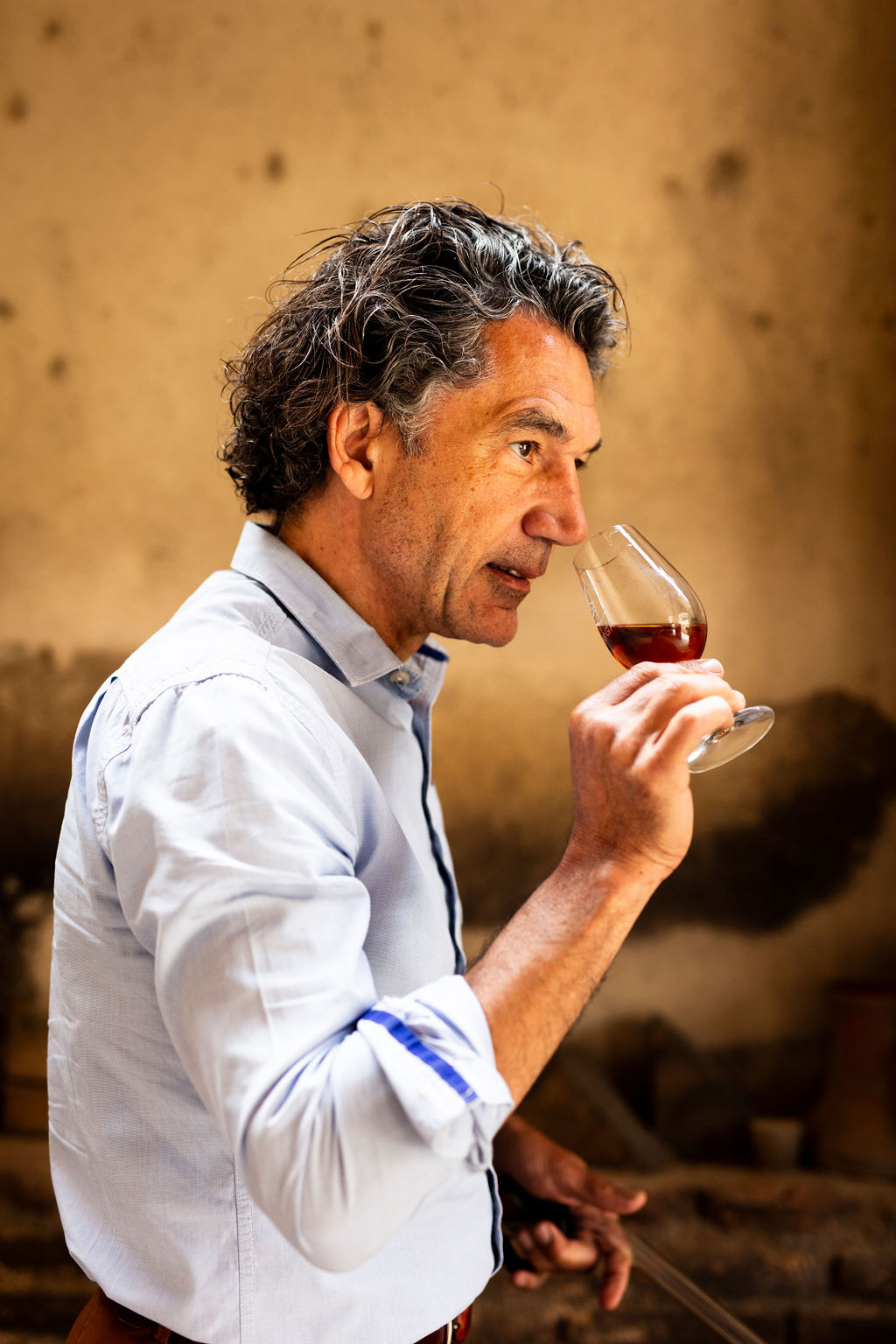
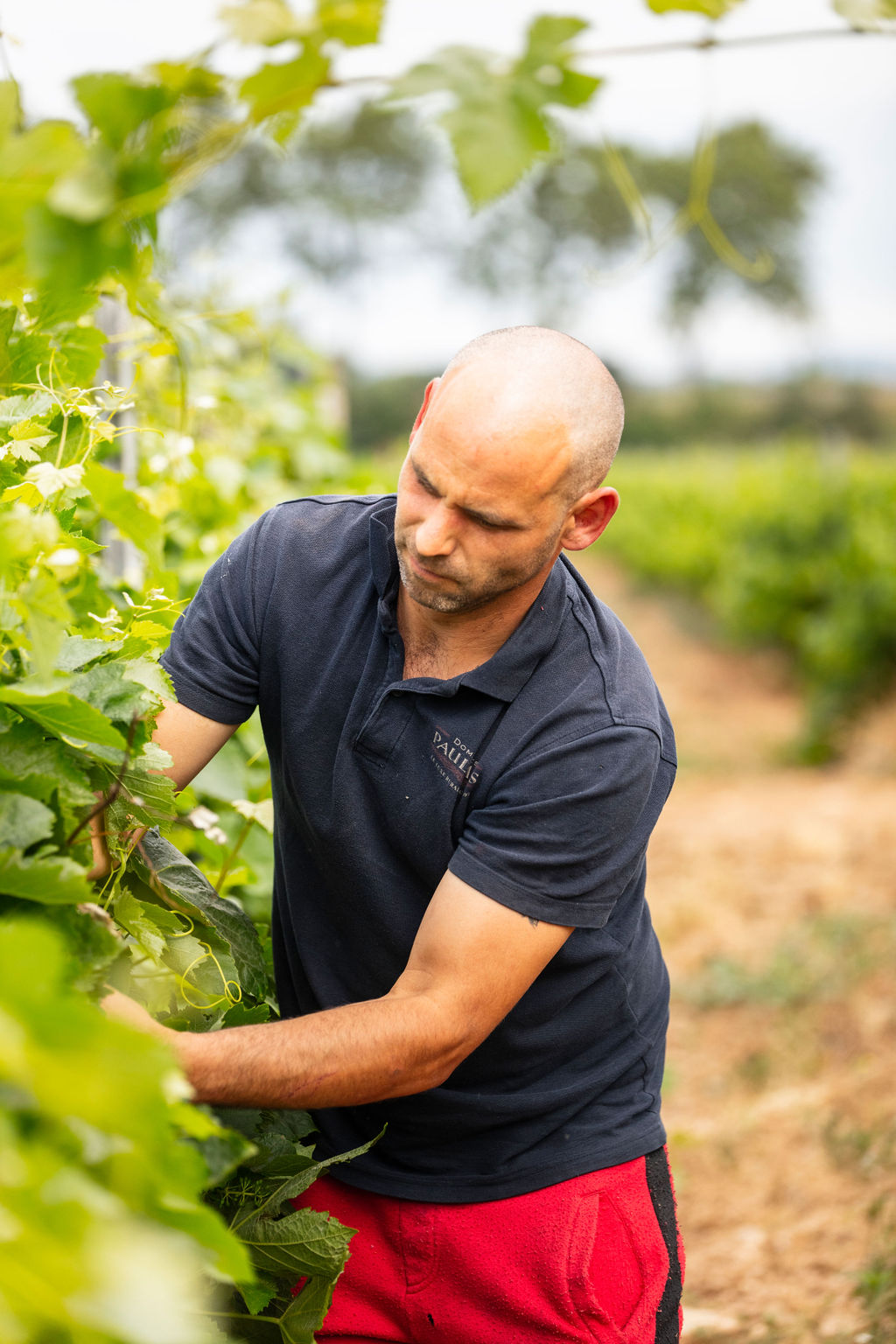
The Viticulture
One finds in the wines of the Roussillon a unique palatability which one also encounters in certain great terroirs in the Languedoc such as Terrasses du Larzac or in the Boutenac in Corbières. The alluvial glaciers have an important draining effect similar to the Lergue river in the Boutenac, and alluvial soils which remind one of the galet roulets (pudding stones) in the Terrasses du Larzac.
These soils and alluvial deposits allow the vines to bring freshness and depth, when coupled with high daytime temperatures on the surface. It is the coolness in the soils deep down which permits this acidity in the grapes and the resulting wines. The strong winds also allow temperature differentials. The combination of all these topographic and climatic elements together enables the production of these southern wines, rich in sugars and high in acidity.
The use of chemical intervention has been banned in the entire estate. The approach leans towards biodynamism, without being labelled as such. At Lauriga, horse
manure from a neighbouring stable is used in the vines. Deleafing and weeding is done only by hand. The transition to organic viticulture is being done parcel by parcel. Whilst this takes place, 100% of the estate is already certified High Environmental Value (HVE).
In the vineyard, we also work on weeding. With adapted weeding methods, we regenerate all the life in the soil by bringing mycorrhiza and oxygen to it. Fabulous results on the vineyard have also been observed with the presence of sheep. With all this, the goal is to stimulate the vine, rework the soil so it develops by itself. This natural action can be supplemented by the use of natural fertilizers such as manure, sulfur, copper sulphate or essential oils.
The cellar
Across the estate, the planting density is around 5000 vines per hectare. Yields are low, around 35hl/ ha for an IGP wine, which is comparable to a Syrah in AOP Languedoc.
At the Château, there is no reception bay, everything is done using gravity. Vinification takes place in the traditional manner. The barrel cellar has recently been renovated. The barrels used are a mixture of 60% American oak (Seguin Moreau) and 40% French oak from Francois Frère.
When looking at the blends, Jean-Claude Mas has enjoyed bringing into the Roussillon terroir rarely-seen grapes such as Cabernet Sauvignon and Merlot. These varieties have become very much at home in the particularly sandy soil of the Nyls parcel, and make up a successful blend under IGP Cotes Catalanes. Marselan is another variety which offers a unique character to the IGP of Lauriga.
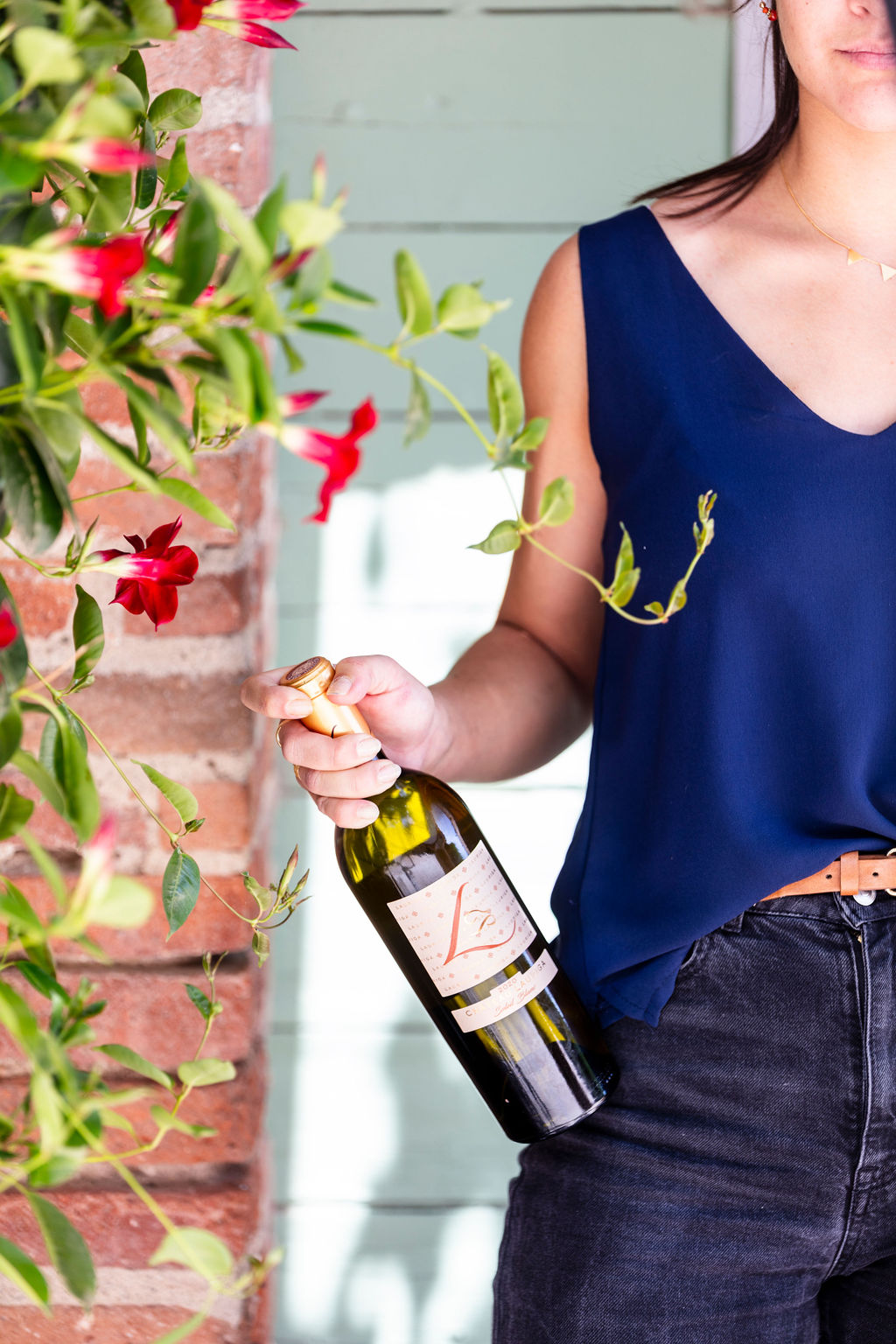
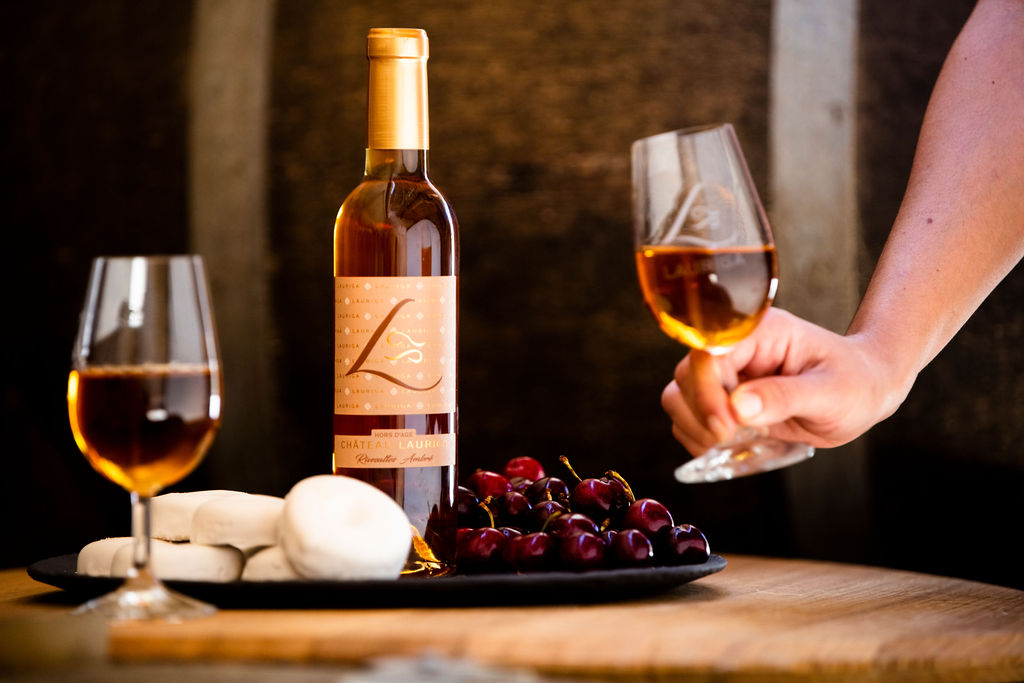
Focus on the Vins Doux Naturels sweet wines
There is real expertise around the making of these wines in the Roussillon. The grapes are left to become over-ripe on the vine. When they arrive in the cellar they are at more than 15 degrees alcohol. The grapes used are Muscat d’Alexandrie, Muscat petits grains and some Macabeu. For the ‘Hors d’Age’ (or ‘beyond age’), it is a blend of the vintages which are at least 5 years old. There are no parcels solely dedicated to vin doux naturel or sweet wines at Lauriga. The teams simply allow some grapes from certain parcels to over-ripen on the vine.






